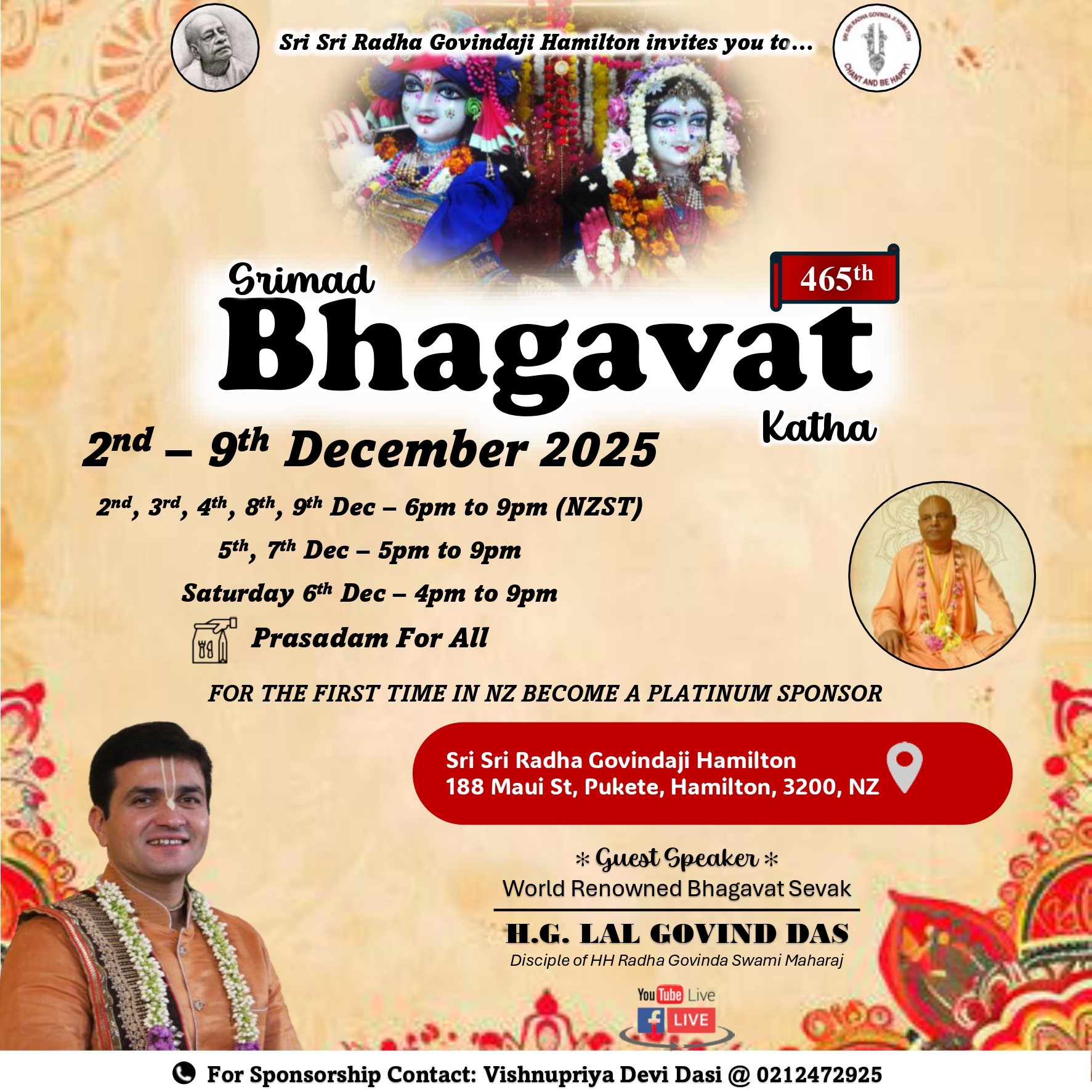The Story of Rama Beckons

Even as the sage Valmiki wrote the one of the oldest known scriptures Ramayana, little could he have imagined the impact his words would have on mankind. Millenniums later, Ramayana has been rewritten, translated, painted, re-depicted and the essence of the story has travelled the length and the breadth of the world forming a “setu” (bridge) longer than the one created under the command of Rama ( between India and Sri Lnka).
Even as the human race continued to evolve, each generation adopted the story into its culture and gave back a new face and texture to the holy script. In the process, new portrayal emerged, poetic and artistic liberties were taken and the result is something that one gets to see in the works of these majestic worshippers of art, even today.
The intricate and vibrant works depict the Ramayana, or journey of Rama, one of the most important stories in Indian culture, which also marks the origin of Diwali, the festival of lights.
The timeless beauties are now being showcased in Auckland’s art gallery. Paintings ranging from the middle of 16th century to the 19th century are here to stay till January 17th 2016. The Director General of the National Museum, New Delhi, Sanjiv Mittal, says this exhibition will introduce Indian art and culture to citizens of New Zealand.
‘It also spreads the story of Rama, who ruled for justice, truthfulness, human values and righteousness, and is at the core of all values in the heart of Indians,’ he says.
These works in the form of 101 paintings, have crossed the seas and oceans, as if shipped in a “pushpak viman”, and has landed on the shores of this country for the first time.
Paintings of Pahari style(mountain side), Central Indian style, Rajasthani style, Rajputh style, Bikaner-Deccan style etc are the poetic strokes of color on the paper immortalizing the story of Rama.
Majestic and purposeful strokes on these paintings are mesmerizing. One can’t help but wonder how these colors have stood the test of time. VK Mathur, the curator of National Museum, Delhi who is one of the main reasons for the exhibition to be in the city says, ‘None of the paintings are oil painted. The colors you see are extracted from insects, stones, fruits, vegetables and the yellows you see are extracted from droppings of buffalos, suffering from Jaundice’. Apart from art , these paintings are also testament to the evolved and sophisticated science behind these coulors.
Each painting has its own distinctive flavor. One can see the landscapes of flat deccan plateau, mountains in the pahari style paintings and jungles of central India in the background. The painters don’t shy away from incorporating the styles like architectural designs of the buildings, dressing and the head gears of their times into the story they have painted. The arches of the Moghul era, the headgears belonging to Rajputs, Forts of Rajastan are all for one to see in these paintings.
Pahari style paintings, beautify the characters by making the faces of the character elongated. The weapons of different era like, Rajput style swords, Central Indian bows and arrows, knives of different kinds, give a distinct touch to each painting. Though the painters in those days refused to stamp their names on their works, it is not hard to see their persona and charisma reflected in each of their works.
The exhibition also shows how much Ramayana has stood the times of change in India and also is a proof of the impact it has made to the life of every civilization it has come across.
The exhibition is a collection of 101 paintings handpicked amongst 18,000 minature paintings of the national museum, Delhi. These paintings have already been exhibited in USA and Australia earlier and have come to Auckland Art Gallery. It is an honor and a privilege to have such an exhibition in our city. It is a must watch for every person who loves art and wants to see the story of Rama through the eyes of these amazing painters.
Even as the sage Valmiki wrote the one of the oldest known scriptures Ramayana, little could he have imagined the impact his words would have on mankind. Millenniums later, Ramayana has been rewritten, translated, painted, re-depicted and the essence of the story has travelled the length and the...
Even as the sage Valmiki wrote the one of the oldest known scriptures Ramayana, little could he have imagined the impact his words would have on mankind. Millenniums later, Ramayana has been rewritten, translated, painted, re-depicted and the essence of the story has travelled the length and the breadth of the world forming a “setu” (bridge) longer than the one created under the command of Rama ( between India and Sri Lnka).
Even as the human race continued to evolve, each generation adopted the story into its culture and gave back a new face and texture to the holy script. In the process, new portrayal emerged, poetic and artistic liberties were taken and the result is something that one gets to see in the works of these majestic worshippers of art, even today.
The intricate and vibrant works depict the Ramayana, or journey of Rama, one of the most important stories in Indian culture, which also marks the origin of Diwali, the festival of lights.
The timeless beauties are now being showcased in Auckland’s art gallery. Paintings ranging from the middle of 16th century to the 19th century are here to stay till January 17th 2016. The Director General of the National Museum, New Delhi, Sanjiv Mittal, says this exhibition will introduce Indian art and culture to citizens of New Zealand.
‘It also spreads the story of Rama, who ruled for justice, truthfulness, human values and righteousness, and is at the core of all values in the heart of Indians,’ he says.
These works in the form of 101 paintings, have crossed the seas and oceans, as if shipped in a “pushpak viman”, and has landed on the shores of this country for the first time.
Paintings of Pahari style(mountain side), Central Indian style, Rajasthani style, Rajputh style, Bikaner-Deccan style etc are the poetic strokes of color on the paper immortalizing the story of Rama.
Majestic and purposeful strokes on these paintings are mesmerizing. One can’t help but wonder how these colors have stood the test of time. VK Mathur, the curator of National Museum, Delhi who is one of the main reasons for the exhibition to be in the city says, ‘None of the paintings are oil painted. The colors you see are extracted from insects, stones, fruits, vegetables and the yellows you see are extracted from droppings of buffalos, suffering from Jaundice’. Apart from art , these paintings are also testament to the evolved and sophisticated science behind these coulors.
Each painting has its own distinctive flavor. One can see the landscapes of flat deccan plateau, mountains in the pahari style paintings and jungles of central India in the background. The painters don’t shy away from incorporating the styles like architectural designs of the buildings, dressing and the head gears of their times into the story they have painted. The arches of the Moghul era, the headgears belonging to Rajputs, Forts of Rajastan are all for one to see in these paintings.
Pahari style paintings, beautify the characters by making the faces of the character elongated. The weapons of different era like, Rajput style swords, Central Indian bows and arrows, knives of different kinds, give a distinct touch to each painting. Though the painters in those days refused to stamp their names on their works, it is not hard to see their persona and charisma reflected in each of their works.
The exhibition also shows how much Ramayana has stood the times of change in India and also is a proof of the impact it has made to the life of every civilization it has come across.
The exhibition is a collection of 101 paintings handpicked amongst 18,000 minature paintings of the national museum, Delhi. These paintings have already been exhibited in USA and Australia earlier and have come to Auckland Art Gallery. It is an honor and a privilege to have such an exhibition in our city. It is a must watch for every person who loves art and wants to see the story of Rama through the eyes of these amazing painters.









Leave a Comment